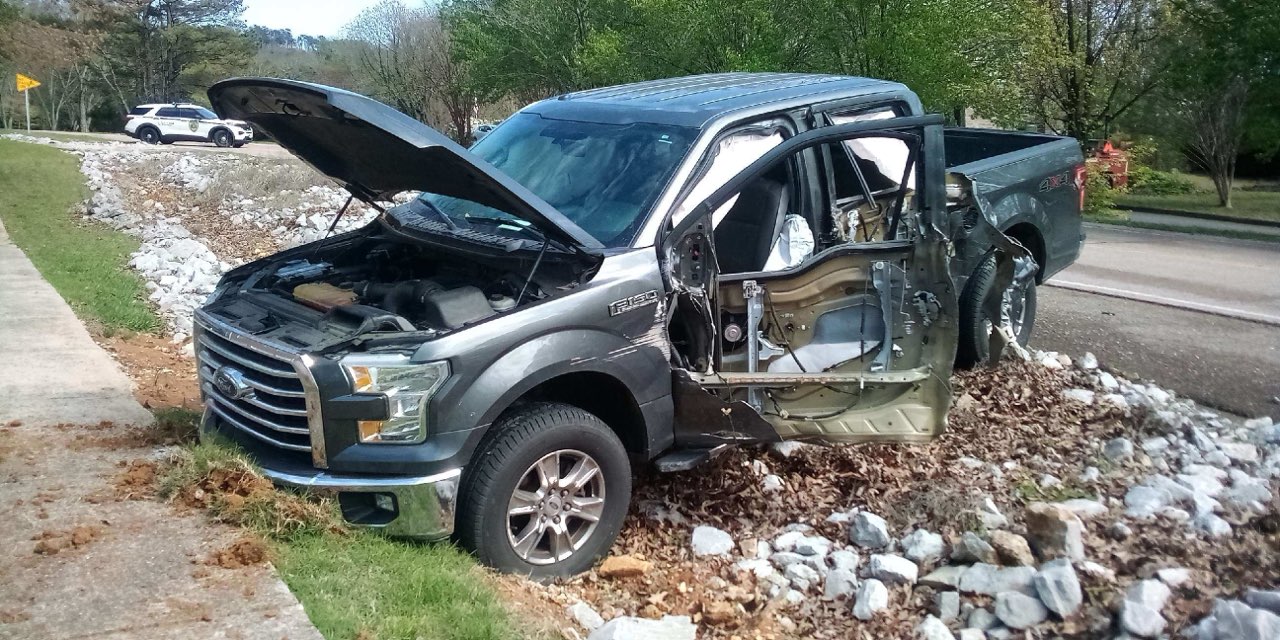
FREE SHIPPING ON
ALL QUALIFYING ORDERS
Enter your email below to join our mailing list:

Yes, there are components of the rule you must still comply with. You need to make sure you have done them and that you are thorough. Three very important components that will likely determine the direction of your inspection will be the written program, the training associated with the program and your competent people on the job site.
Make sure you register for the MCAA’s Silica Train-the-Trainer Course. It is currently running in cities around the country and more are being regularly added. When you send someone from your company, they will be equipped to come back to the office and train your entire staff. They will have programs to do the one hour program and the six hour competent program for your foremen.
The course for MCAA members is very inexpensive given the resources you will have to train your staff. Member pricing is only $350 per person. As an MCAA member you will have access to a free written program. Members are now able to log in online and get a custom written program. After login, the program will auto populate your company information into the program. You will need to load tasks and specifics to your specific job and then be able to print it out for use on your site. The program will be updated on our site as the rule changes so your program will always be compliant.
Non-members may participate in the training as well. The fee is $700 per person. The written program is not currently available to non-members. Non-members may join at the time of their registration for the class for an additional $150 which would make them a member of the MCAA through June 2018. Then they would have access to the written plan as well.
You will have a test each person will take to show they took the training. You should retain the test for your records. Submit the people who were trained, both the 1 hour basic training and the 6 hour competent trained people to the MCAA (a form is available online). We will register them in our master database, you will be sent a certificate and card for each person that completed the program. In our database we will track when the training occurred and when it should be renewed. There is a $15 per person processing fee for this service. This will provide the credibility of the course taught that you need for those OSHA inspections.
Yes, the employer can decide the best method for the training so video is okay (assuming it is specific to the work of the employer). The employee must have an opportunity to ask questions of someone after the video/webinar. The employer also must be demonstrate that the employee has knowledge and understanding of the training too – so the written quiz is a good idea – although orally discussing the training with the employee would be okay too.
Yes, it can. However, it must be available to employees for access and it must have been reviewed with employees.
The respirator standard provides the APF in Table 1 (see below) based on the size and type of respirator. The attached pages provide a visual cue for the APF for the type of respirator. A N-95 filtering respirator is air-purifying and is considered half-mask so it has an APF of 10.
Download a PDF for graphic examples of the respirators.
Medical surveillance is only triggered if the employee is required to wear a respirator for 30 days or more either under Table 1 or because exposure is at or over the PEL. So, voluntary use of respirators should not trigger the medical surveillance requirement. However, employer must apply the voluntary use provisions of the respiratory protection standard.
Under the performance option, the employer can assess employee exposure to silica on the basis of any combination of air monitoring data or objective data sufficient to accurately characterize employee exposures to respirable crystalline silica. Objective data means information, such as air monitoring data from industry-wide surveys or calculations based on the composition of a substance, demonstrating employee exposure to respirable crystalline silica associated with a particular product or material or a specific process, task, or activity. The data must reflect workplace conditions closely resembling or with a higher exposure potential than the processes, types of material, control methods, work practices, and environmental conditions in the employer’s current operations. Any objective data relied upon must be maintained.
To accurately characterize employee exposures under the performance option, the assessment must reflect the exposures of employees on each shift, for each job classification, in each work area. Accurately characterizing employee exposures under the performance option is also an ongoing duty. In order for exposures to continue to be accurately characterized, the employer is required to reassess exposures whenever a change in production, process, control equipment, personnel, or work practices may reasonably be expected to result in new or additional exposures at or above the action level, or when the employer has any reason to believe that new or additional exposures at or above the action level have occurred.
When using the performance option, the burden is on the employer to demonstrate that the data accurately characterize employee exposure. However, the employer can characterize employee exposure within a range, in order to account for variability in exposures.
OSHA indicated in the preamble to the Final Rule that OSHA intends for the performance option to give employers flexibility to accurately characterize exposures using whatever processes or data are most appropriate for their circumstances. Some examples that could generate objective data include:
Where employers rely on objective data generated by others as an alternative to developing their own air monitoring data, they will be responsible for ensuring that the data relied upon from other sources are accurate measures of their employees’ exposures. Thus, the burden is on the employer to show that the exposure assessment is sufficient to accurately characterize employee exposures to respirable crystalline silica.
So, employers can team together and use data from another if the source is an accurate measure of their employees’ exposure. To be an accurate measurement, it would likely need to be a task that would generate the same or similar exposure. State testing could meet this criteria assuming that the working conditions, environment and product are similar enough that it would reasonable to use those results to characterize employee exposure. I would recommend having several samples (versus one) to demonstrate that the results would be accurate and similar. Moreover, testing information from industry trade groups and manufacturers can be used by employers if there are similarities in tasks and products that they could be used as an accurate measure of their employees’ exposure.
Yes re-training is required. As defined in the rule:
Employees must be trained at the time they are assigned to a position involving exposure to respirable crystalline silica. Additional training must be provided as often as necessary to ensure that employees know and understand respirable crystalline silica hazards and the protections available:
- Employee is assigned a new task.
- Employer introduces new protections/controls.
- When an employee is working in a manner that suggests he or she has forgotten what was learned in training.
Our recommendation is to re-train employees and competent people every year and trainers need to be re-trained every two years. We would consider that schedule to be reasonable.





No spam, notifications only about products and updates.

Having dealt with MK Diamond Products and the Delahauts since the mid 1990’s it is sad to hear the news that they have closed their

I’ve told my wife and daughter to never follow a mortar mixer down the interstate. For over 30 years we have sold, rented, and repaired

This question is one of the most frequent mixer related questions our rental staff are asked. Our contractor customers know the importance of using the right tools for the job.

Trowel Trades, a company that specializes in equipment rental, tool retail, repair services, scaffolding and mast climber access solutions, enters the Silver Tier of the Masonry Alliance Program.
Your email was submitted successfully.
YOUR 10% OFF COUPON CODE IS WELCOME10.
See category exclusions below.
Category Exclusions:
Arbortech Brick and Mortar Saw, Compaction, Concrete Mixers, Concrete Walk Behind Saws, Drop Hammers, Grout Hogs, iQ Power Tools, Masonry Block Saws, Masonry Brick Saws, Mast Climbers, Mortar Mixers, Mud Buggy, Saws, Scaffold, Self Dumping Hoppers, Shoring, and Stihl